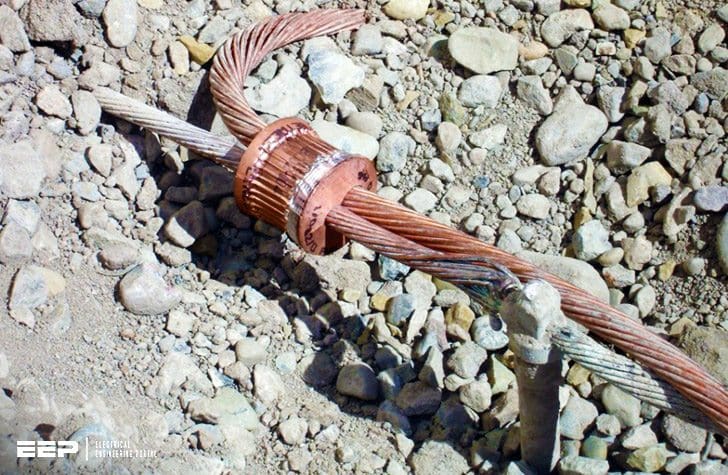i don't the exact value of the soil resistivity as no survey of soil sample is carried out at the site .However Copper earthing electrode 50mm diameter of 2.5 m is driven where its circumference were filled with chemical compound power to the height of rod and earth resistance was found to be 40 ohms after one day of measurement?
Is there any alternative way to reduce the value of resistance ? does the increase in length of rod significantlyreduce the value of resistance ?
Is there any alternative way to reduce the value of resistance ? does the increase in length of rod significantlyreduce the value of resistance ?









